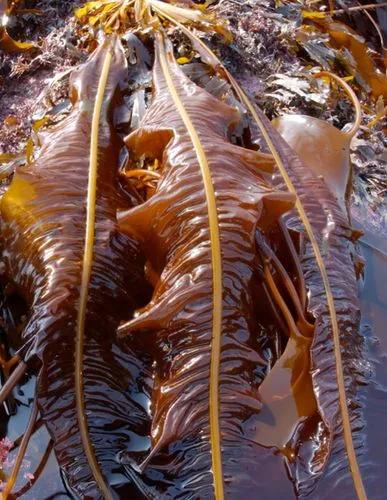Barley (Hordeum vulgare), a member of the grass family, is a major cereal grain grown in temperate climates globally. It was one of the first cultivated grains, particularly in Eurasia as early as 10,000 years ago.Barley has been used as animal fodder, as a source of fermentable material for beer and certain distilled beverages, and as a component of various health foods. It is used in soups and stews, and in barley bread of various cultures. Barley grains are commonly made into malt in a traditional and ancient method of preparation.
Common Barley Care
Hordeum vulgare



Barley, (Hordeum vulgare), cereal plant of the grass family Poaceae and its edible grain. Grown in a variety of environments, barley is the fourth largest grain crop globally, after wheat, rice, and corn. Barley is commonly used in breads, soups, stews, and health products, though it is primarily grown as animal fodder and as a source of malt for alcoholic beverages, especially beer.Hordeum vulgare is an annual grass featuring erect stems with few, alternate leaves. Barley comes in two varieties, distinguished by the number of rows of flowers on its flower spike. Six-row barley has its spike notched on opposite sides, with three spikelets at each notch, each containing a small individual flower, or floret, that develops a kernel. Two-row barley has central florets that produce kernels and lateral florets that are normally sterile. Whereas six-row barley has a higher protein content and is more suited for animal feed, two-row barley has a higher sugar content and is thus more commonly used for malt production.This is an annual plant with a height of 30-60 cm, in cultivated varieties - up to 90 cm. Stems are erect, bare. Leaves up to 30 cm long and 2-3 cm wide, flat, smooth, with ears at the base of the plate. Forms a spike with an awn about 10 cm long; each spikelet is one-flowered. Spikes are four- or hexagonal, up to 1.5 cm wide, with a flexible axis that does not split into segments. Spikelets are collected in groups of three; all spikelets are fertile, sessile. Spikelet scales are linear subulate, drawn into a thin spine, usually exceeding them in length. The lower floral scales are ovate-lanceolate . Common barley is a self-pollinating plant, but cross-pollination is not excluded. Blooms in June - July. The fruit is a weevil. Fruiting in July - August.
This plant is useful.
How to get rid of: Dig up the area thoroughly. This is not an easy job, because it is not enough just to dig up the ground - you also need to scrupulously select all the rhizomes from it. But on the other hand, this is a very effective way to control perennial weeds.
How to Care for the Plant

Popularity

515 people already have this plant 59 people have added this plant to their wishlists
Discover more plants with the list below
Popular articles






